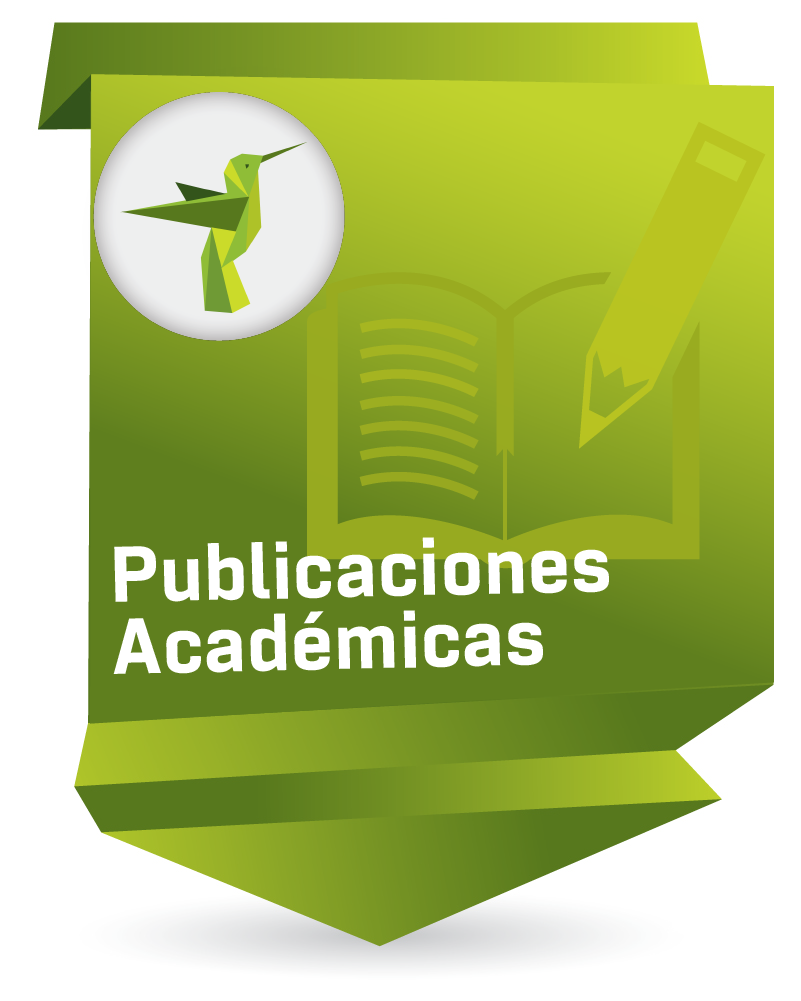EFL Education for the Visually Impaired in Japan: Data from Five Interviews
Educación EFL para personas con discapacidad visual en Japón: datos de cinco entrevistas

Enlaces del Item
URI: http://hdl.handle.net/10818/50843Visitar enlace: https://laclil.unisabana.edu.c ...
ISSN: 2011-6721
DOI: 10.5294/laclil.2020.13.1.4
Compartir
Estadísticas
Ver as estatísticas de usoCatalogación bibliográfica
Apresentar o registro completoAutor
Carpenter, JamesData
2020Resumo
The educational research literature has promoted integrating students with disabilities into mainstream classrooms since the 1970s. In 2007, the Japanese government amended the School Educational Law, which has increased the number of educational opportunities available to students with disabilities. At the same time, the Japanese education system is, increasingly, following the global trend of promoting English as a foreign language (EFL) education at every level of the education system. There are approximately 1.64 million visually impaired people in Japan. Of these, an estimated 187,800 are blind. Even as the disability rights movement in Japan advances its agenda of barrier-free access, the processes through which blind students learn (and can be taught) foreign languages has not been well described within the broader educational community. In this paper, I will present the results of an interview study conducted with student and teacher participants at a school for the visually impaired in Japan. In this study, I sought to address two research foci: 1) what best practices can support teachers in conducting classes with visually impaired students; and 2) how visually impaired students relate to and engage with their EFL classes. Through my analysis of the interview data, I identified three core themes: a) the importance of targeted needs analysis; b) the centrality of braille for equity and access; and c) a tension between traditional educational support systems for visually impaired students in Japan, and what contemporary students increasingly need.
Palabras clave
Ubicación
LACLIL, 13(1), 57-78
















